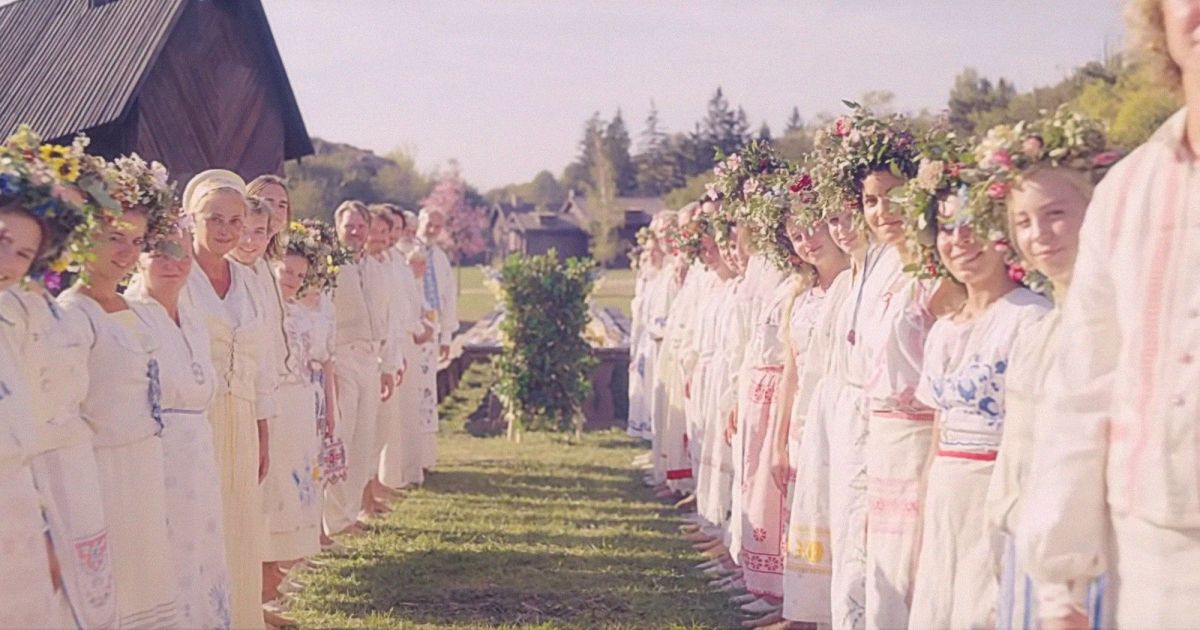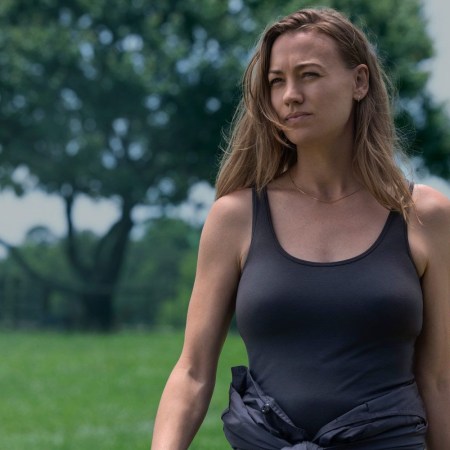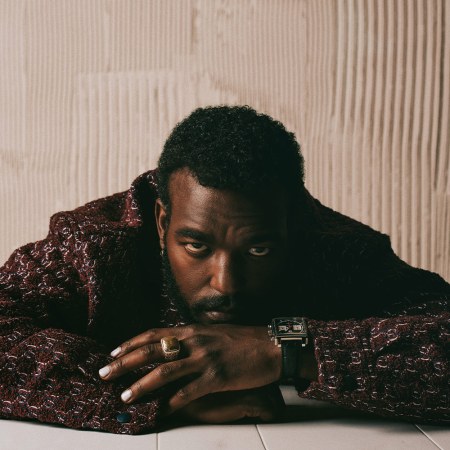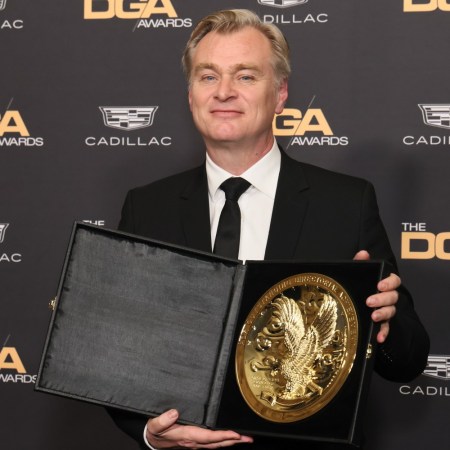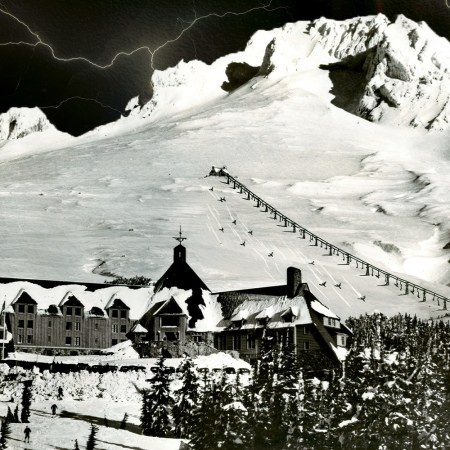Note: This article contains spoilers for the film Midsommar.
Here’s what happens when a novice indie director scores a hit with their first feature effort: enticed by healthy box-office grosses and glowing reviews, the studios — maybe an independent outfit, maybe even one of the Big Five major-league operations — line up to get a piece of the next one. With a bigger budget, greater access to the resources of production, perhaps a name-brand star or two, and a higher level of creative latitude overall, the filmmaker gets the chance to show ‘em all their stuff. With a bigger and more ambitious project, a fledgling artistic voice asserts itself as a bona fide talent capable of more than even their initial success let on.
We saw this exact narrative play out earlier this year, as Jordan Peele parlayed the culture-straddling popularity of Get Out into this past winter’s Us, an enigmatic and dense horror thesis that felt less like it was made and more like it was gotten away with.
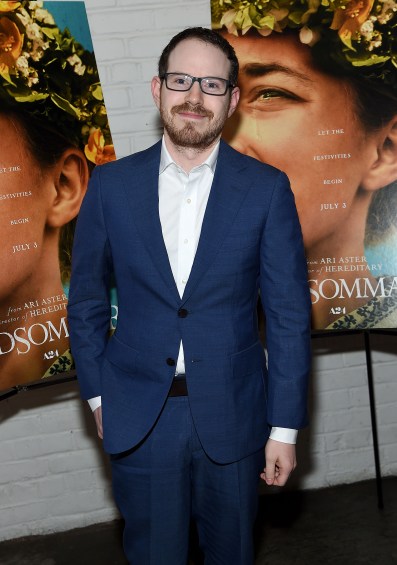
Ari Aster insists that this is not his story. Sure, America anointed the 32-year-old as one of genre cinema’s new princes with last year’s Hereditary, a shockingly assured (and just plain shocking) directorial debut that wove one family’s trauma into a swirling fever dream of Pagan rituals and self-immolations. And yes, that film’s distributor, A24, wasted no time setting up a meeting with Aster to get the wheels turning on a follow-up as soon as the notices from the 2018 Sundance Film Festival made it clear that they all had something special on their hands. And fine, his new vision of terror, Midsommar, just so happens to be the sort of audacious undertaking that stretches the limits of what its author can do and makes nationwide cineplexes a more interesting place to be.
But perish the thought for a second that Aster may have seized this as an opportunity to make his swing-for-the-fences movie.
“It might sound disingenuous, but I didn’t envision this as my big sophomore film,” he tells InsideHook, during a conversation at A24’s Manhattan offices a few days after Midsommar’s first screening for critical press. “There was a period of time when I thought Midsommar would be the debut feature, and there was a period when I thought another script called Eddington might be the first movie. For like five years, I was trying to get that Western-noir dark ensemble comedy going. That won’t be the next one, by the way, though I do still want to make it very badly. I made Hereditary first, but I always had Midsommar in my back pocket, like it was right there in me.”
He’s being somewhat modest, not an unusual pose for the self-described “very neurotic guy,” and yet he’s not lying. In some ways, Midsommar predates Hereditary despite coming along second. Aster developed a script for the former concept and made some headway on drawing up a shot list to guide location scouting before deciding to move on the latter. When it came time for him to pick up where he left off, he had his groundwork locked and loaded. This would prove beneficial as Aster set out on a shoot that he describes as equal parts Sisyphean boulder-up-the-hill hauling and frantic dog-paddling in an effort not to drown.
“Hereditary came out June 8,” he recalls. “On June 9, I was looking at fields in Hungary.”
He was searching for the perfect place to put down stakes for Hårga, a Swedish encampment to which American traveler Dani (Florence Pugh), her grad student boyfriend Christian (Jack Reynor) and Christian’s bros in academia pay a visit on the occasion of a ceremonial festival occurring once every 90 years. It’s an idyllic little commune tucked away in a grassy glen encircled by breathtaking natural vistas, and a counterpoint to the surreal, otherworldly violence that inevitably descends on the group. “We weren’t just looking for a field,” Aster says. “We were looking for a field that would be right to house all of these buildings we’d make from scratch. Nothing you see in Hårga was there before we went there. It was an empty field with grass tall as us. We actually had to cultivate the land!”
Prohibitively steep costs and regulations mandating brief workdays ruled out Sweden, sending Aster and his crew to a rural tract of land 30 minutes outside Budapest. Though this would be a more bottom-line-friendly choice, it still came with no shortage of challenges. The director had to scale a language barrier with most of the people on set and compete with the latest Terminator picture for Hungary’s very finite quantity of trained workers and equipment. Midsommar takes place during Scandinavia’s annual period of endless daytime, which forced the crew to spend the 40-day shoot constantly chasing the sun. The early-August rays they got were unforgiving, too, with cast members jamming their heads in an industrial cooling pipe between scenes to keep from overheating.
“I was trying not to think about expectations,” Aster explains. “I try not to think on a larger scale. But yeah, it occurred to me at times as we were building this village, ‘Oh, huh, this is kind of crazy.’ I only realized how ambitious it was once we started doing it on our independent budget. It kind of got bigger as we went, and our budget wasn’t even double Hereditary’s. I don’t think I’m at liberty to name the number, but let’s say it was around $10 million.”
That took them pretty far. They constructed everything from the ground up in the most literal sense, erecting a sinister pyramidal temple, sleeping hall and other edifices around the valley. Aster had the capital to rent out a soundstage elsewhere in Hungary for the film’s devastating prelude, most of which plays out via elaborate tracking shots necessitating intricate sets. And then there’s the Ättestupa, one of the most disturbing passages in Aster’s growing body of work. As is custom in Hårga, geriatrics hurl themselves off of a precipice to their death upon turning 72, and making the magic happen wasn’t easy.
Aster lays it all out: “That was extremely difficult, technically. We had to build a huge ramp. The cliff looks like this [holds arm over table like a gangplank] in the movie, but there were no cliffs like that, so we made a green screen ramp 30 feet tall that extends out an additional 15 feet. It took a lot of trial and error, and we finished the CG design for all that two weeks before you saw the movie. That was hard. We had actual stunt people going off the cliff, wired up, and enhanced with a little effects work.”
He mentions that bit of timeframe offhandedly, as if he has not just come out the other side of a herculean editing process that stretched out over months and had not even fully concluded by the night of the press screening. His first cut of the film ran a whopping 3 hours and 40 minutes, and learning that his release date had been bumped from August to July had Aster starting to sweat. “At a certain point, I was ready to stop cutting and move on, but …” He trails off.
“I understood, though, that’s a long run time, especially for a genre film. In retrospect, I can actually see how slimming the film down was a smart move. A24 was quite amenable and supportive, and if anything, they encouraged me to keep going and digging deeper. We finally got it to the length it’s at now, which many people will argue is still too long.” Aster doesn’t want to get into what’s been left on the cutting room floor. There’s a 2-hour-45-minute version he might like to release as a director’s cut somewhere down the line.
He’s now finished his tinkering with the sound mix, color grading and VFX, three elements he and editor Lucian Johnston have been fine-tuning since April. The night of the press screening, seating was slightly delayed while the theater’s audio was set to Aster’s precise specifications. “I’m pretty anal about exhibition, most filmmakers are,” Aster confesses. “We really cranked the sound for the press screening; the film’s designed to be played loud. I want you to be enveloped in the atmosphere.”
To put it mildly, mission accomplished. Midsommar is in turns chilling, cringe-hilarious and heartrendingly sad, the tonal shifts all bound within a singular aesthetic somewhere between a faded T-shirt and elemental folk art. Aster has defiantly zagged while the glut of studio horror continues to zig, not only in his choice to stage almost the entirety of the film in broad daylight, but also in his deft withholding of visual information.
Aster derives more power from what he doesn’t show than what he does: “We walk into horror movies with this invisible contract between the viewer and the people that made it. ‘How inventive are these kills going to be? How gruesome are the kills?’ We know that’s going to happen, so I’m just going to pay as little attention to those inevitable deaths as possible. I’ll present them as bluntly and without flourish as I can. The one murder we really see onscreen, I nearly cut. I ended up liking it, people liked it, it was working, but for months, the plan was to cut it out. That was the only one we even put in the script.”
A lot of the torment in this eldritch waking nightmare takes place inside the characters, Florence Pugh’s Dani in particular conntends with unspeakable emotional wounds as the story first joins her. Even if Aster wasn’t upfront that the script was inspired by a difficult breakup in his own life, it would be apparent that he’s poured a lot of himself into the film’s cathartic punishment-gluttony. “For me, everything has to be painful,” Aster says, punctuating the statement with a sip of juice. “Midsommar was painful to make, but now I’m happy I did.”
Aster’s currently wrestling with two scripts for his next film, “an epic domestic melodrama” and “an absurdist nightmare comedy.” He won’t have any trouble getting either produced; regardless of whether he intended to one-up himself with the Big Sophomore Feature or not, he’s earned the stature of a director who’s pulled just that off.
Not that you’ll catch him acting like it.
“You make it through and go into post-production, and for me, it took about two months to get over my grievances,” Aster says. “You move past all the things you had to compromise on, and then you finally get to the point where it’s coming out and you’ve completely forgotten the movie that existed in your head. You make peace with the movie you’ve got. In a couple more months, after people have seen it, I think I’ll have a little more of that peace. But for me, making films is a grieving process from beginning to end. You have an image in your mind, but things go wrong, and you let go of that image. And you move on.”
This article appeared in an InsideHook newsletter. Sign up for free to get more on travel, wellness, style, drinking, and culture.
